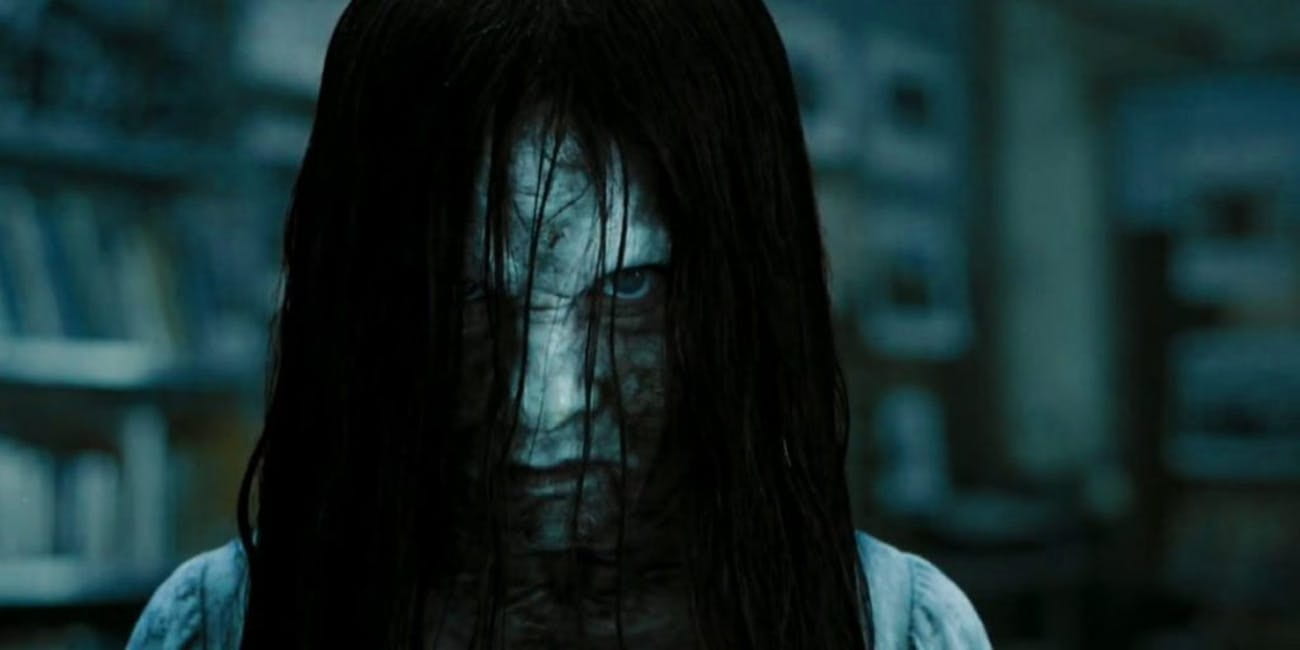Renee Darbonne
Contributing Writer
Since the late 1970s, the horror genre has garnered a cult following throughout the world, but there are obvious differences between the Eastern and Western horror regarding the content. Horror is a popular and successful genre in the Eastern and Western hemispheres, but they use different tactics to entertain their audiences.
These differences are especially evident when American filmmakers remake Asian horror films and adapt it for a Western audience. For example, in the original Japanese film Ringu, the viewer is not told why or how the mother-daughter duo gain the power of telekinesis instead it is merely included so the viewer knows it is there and used to terrorize people.
In American horror, the source of evil can be pinpointed to one person or thing and then defeated. American horror can have a “happy ending” with conclusions that leave the viewer with a frightening experience that ends once the credits roll.
Japanese horror does the opposite and does not have the same need for a finite resolution. The evil never ceases to lurk because it is tied into themes of regret, sadness and family which are parts of our reality that never truly goes away. In a Japanese horror film, the end is just a delay of the inevitable and the horrors evident in reality will always reign superior.
Western horror films also rely heavily on jump scares and gore to scare their audience. Instead of purely relying on character development and suspense, jump scares tend to create a quiet scene and then suddenly break the silence with a sudden burst of sound or motion.
The jump scare is something that should not work because when watching a horror film, the viewers know something malevolent will take place. Despite this, it is used by western filmmakers because it takes going against one’s biological nature to avoid flinching, even when it is known the scare is approaching.
Asian horror films are not merely scary but are also rich in cultural identity and character. Therefore, it is without surprise that Hollywood studios are attracted to their style of film making. However, when Hollywood attempts to remake infamous Asian horror films they leave much to be desired. Although not all Hollywood remakes of Asian horror films have failed, very few have surpassed the success of the originals.
A notable example of a well-made Hollywood remake of an Asian film is The Ring. This film served as the introduction of Asian horror to many of its viewers and thus helped lead the way for many remakes of Asian horror films. The Hollywood remake of The Ring maintained the critical points of the original plot while adding a few more elements to make it suitable for a Western audience.
In the original, the antagonist Sadako never showed her face and remained hidden under a veil of long black hair. The American remake thought it could better scare the audience by giving her a demented face using FX makeup and CGI and showing this face to the audience.
This clearly demonstrates the difference between Eastern and Western horror; in Asian horror, there is a preference to remain mysterious and leave the viewer wondering what may happen, whereas in Western horror there is a preference to be more blunt by adding jump scares and sudden scene cuts.
Although horror has many mediums it is through film that it reaches its biggest audience. It is important to see and keep an eye out for any hidden nuances within horror films because this may lead to a better understanding of worlds outside our own.
darbr46@mail.broward.edu
